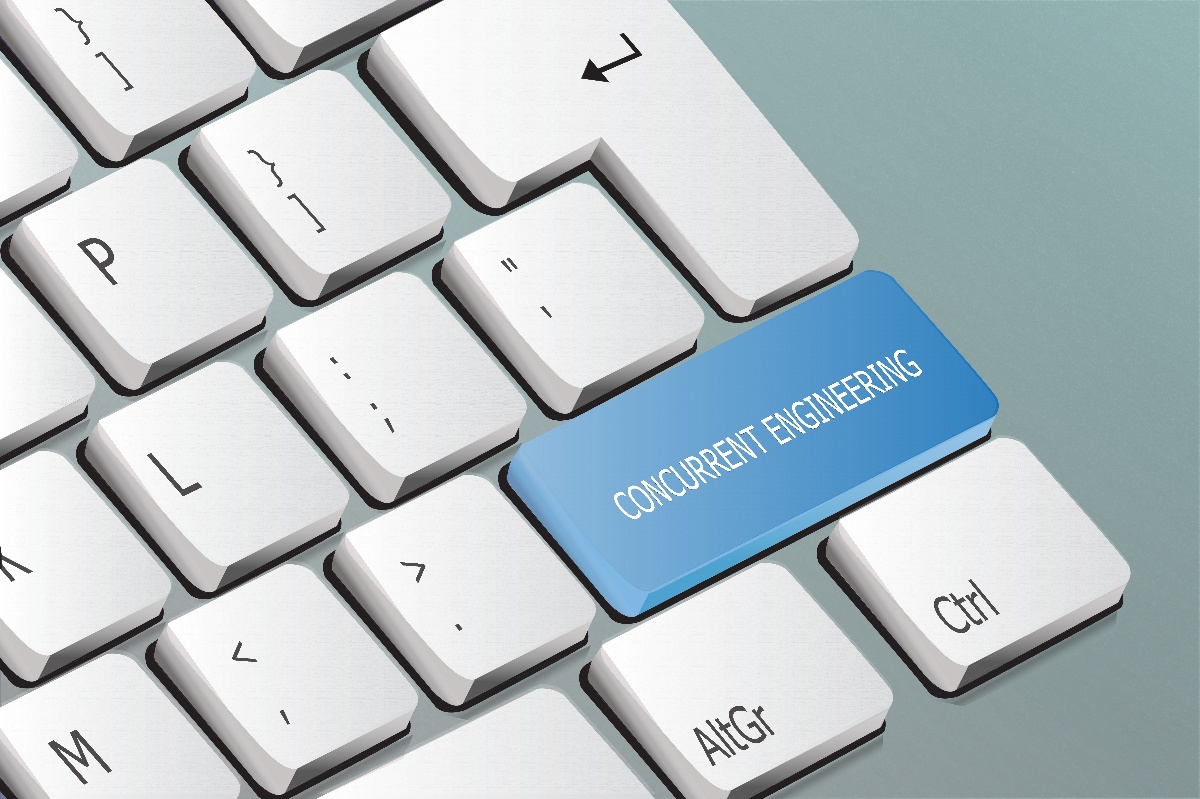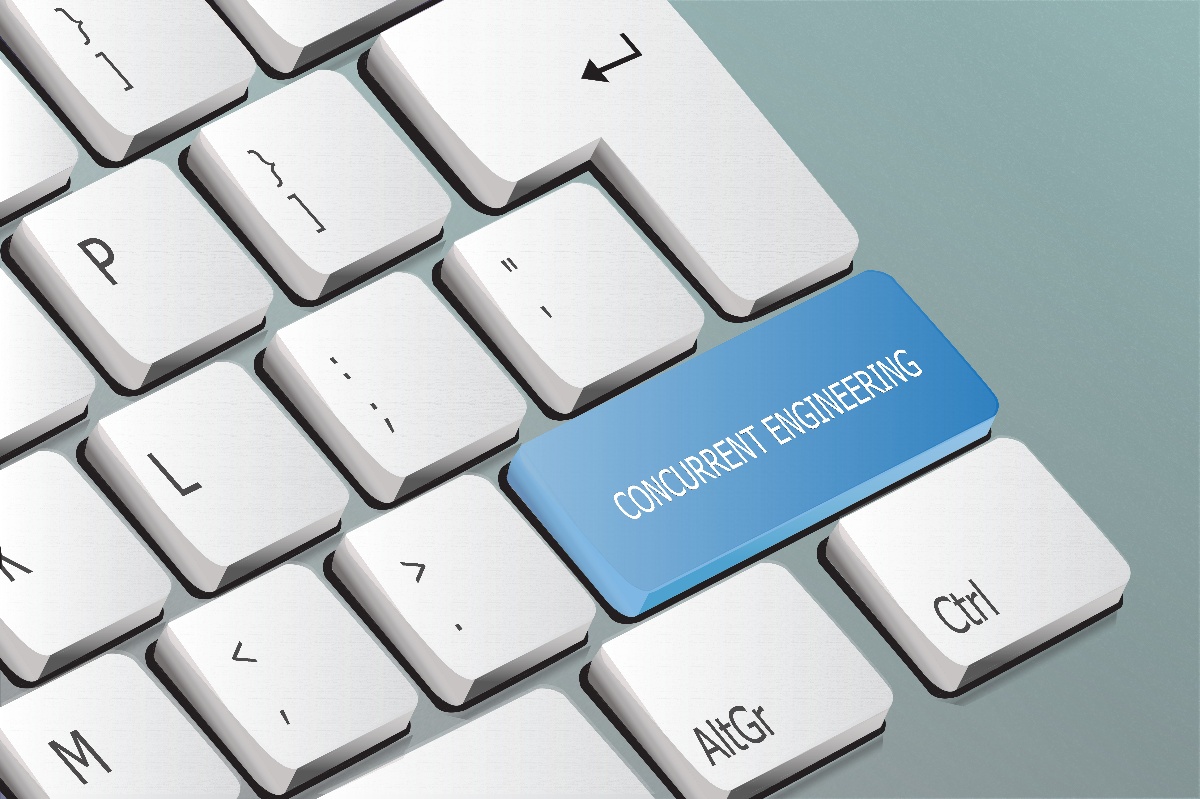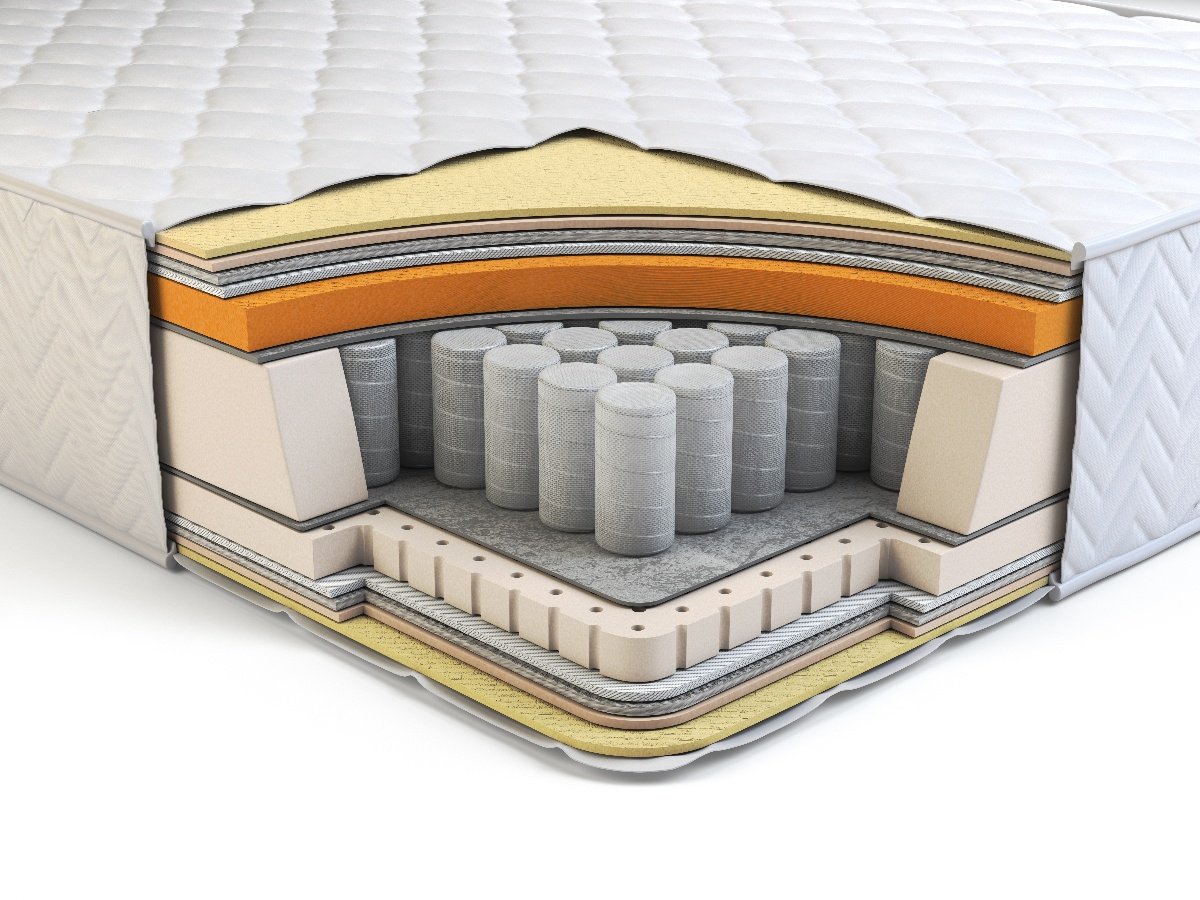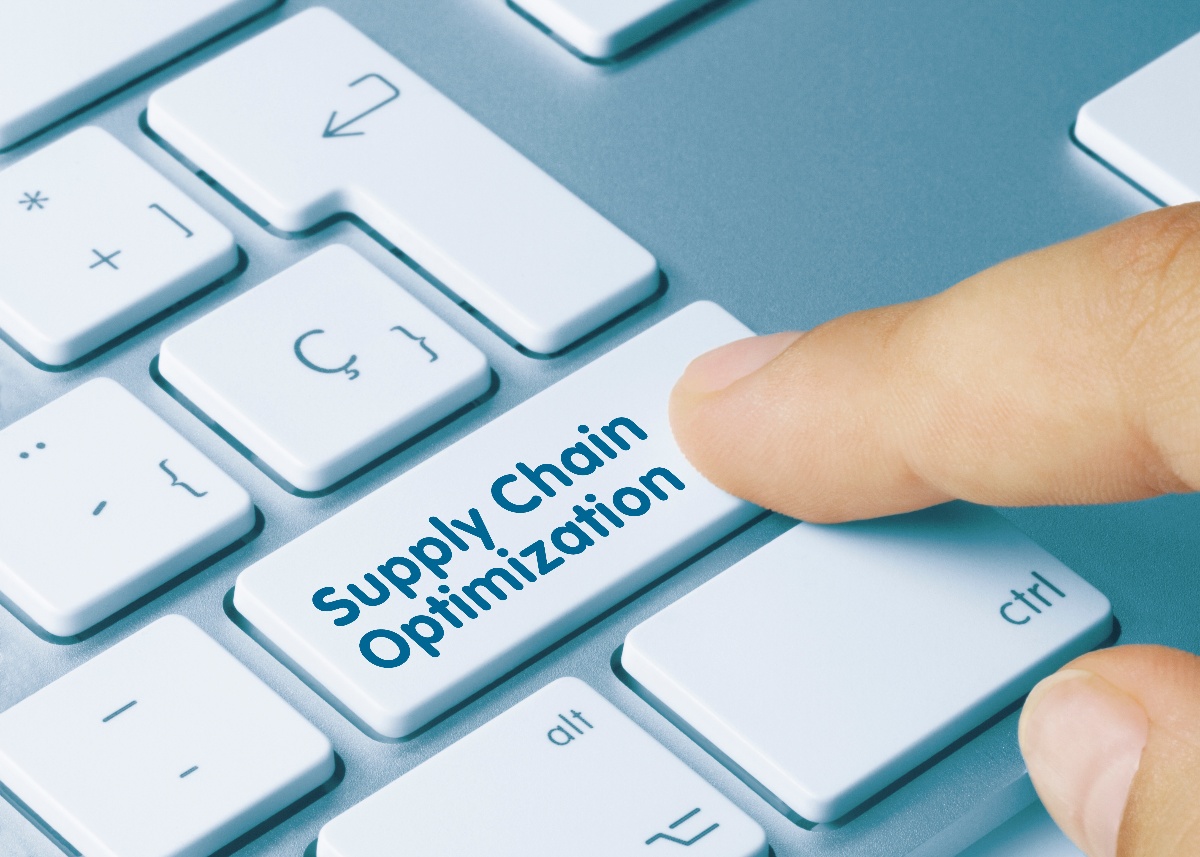
In the rapidly changing world of manufacturing and product development, the traditional sequential approaches to designing and launching products often fall short. As markets become more competitive and customer demands evolve faster, manufacturers need agile methods that foster innovation and ensure product quality. Concurrent Engineering has emerged as a leading methodology, bridging gaps between design, production, and post-market needs.
In this article, we will delve into the essence of Concurrent Engineering, comparing it with the traditional Sequential Engineering model. We'll highlight best practices that manufacturing engineers should adopt to harness the full potential of this approach. To provide a practical understanding, we'll also explore a real-world example from the textile industry in Tijuana, Mexico, showcasing the transformative benefits and outcomes of implementing Concurrent Engineering.
What is Concurrent Engineering?
Concurrent Engineering, often referred to as integrated product development or simultaneous engineering, is a systematic approach to the integrated, concurrent design of products and their related processes. This includes all stages of a product's lifecycle, from initial concept, through design, production, and up to service life.
Unlike traditional methodologies, which often see these stages as linear and distinct, concurrent engineering seeks to overlap and integrate them. The core idea is to have cross-functional teams working in parallel on various aspects of a product's development, enabling them to anticipate and address potential issues earlier and more effectively.
Traditional Sequential Engineering vs. Concurrent Engineering
Traditionally, product development followed a sequential engineering (SE) model, often depicted as a relay race. In this model, each phase of product development (e.g., concept, design, prototyping, testing, manufacturing, and market release) occurred one after the other. Only once one phase was complete would the next begin. For instance, designers would finalize a design before handing it off to the manufacturing team, who would then figure out how to produce it. This often led to situations where designs, once passed to the manufacturing phase, were found to be unfeasible or too costly to produce, necessitating a return to the design phase for adjustments.
The drawbacks of this approach became increasingly evident as market competition grew fiercer and the pace of technological innovation quickened. Delays, increased costs, and a lack of flexibility became common challenges. Recognizing these issues, industry leaders and researchers began advocating for a more integrated approach, leading to the birth of Concurrent Engineering.
In the Concurrent Engineering model, cross-functional teams collaborate from the outset, ensuring that considerations like manufacturability, cost, and product lifecycle are integrated into the design phase itself. This not only speeds up the product development process but also leads to products that are more aligned with market needs, are easier and more cost-effective to produce, and often have fewer defects or issues once released.
Best Practices of Concurrent Engineering for Manufacturing Engineers
As manufacturing engineers increasingly embrace concurrent engineering, it's essential to ensure that they harness their full potential by adhering to best practices. These practices not only streamline the product development process but also enhance collaboration, reduce errors, and ensure optimal resource utilization. Here are some pivotal best practices that manufacturing engineers should incorporate into their concurrent engineering approach:
Cross-functional Team Formation
Form teams that include representatives from all relevant departments, such as design, manufacturing, quality assurance, marketing, and after-sales service. This ensures that all aspects of the product life-cycle are considered from the get-go, reducing the likelihood of late-stage modifications and ensuring a smoother transition from design to production.
Foster an environment where open communication is encouraged from the earliest stages of product development. Early communication helps identify potential challenges or bottlenecks, ensuring they are addressed before they escalate. It also ensures all team members are aligned on goals and expectations.
Use of Collaborative Tools
Implement and train teams on collaborative tools like Product Lifecycle Management (PLM) systems, Computer-Aided Design (CAD) platforms, and real-time communication tools. These tools ensure that all team members have access to the latest information, designs, and feedback, promoting transparency and reducing the chances of miscommunication or data discrepancies.
Iterative Prototyping and Testing
Encourage the development of prototypes at various stages and subject them to rigorous testing. This allows for early detection of design or manufacturing flaws, ensuring they are corrected before the final production phase, thus saving costs and time.
Embrace Flexibility
While planning is essential, teams should be prepared to adapt and change direction based on feedback and new insights. Flexibility ensures that the product development process remains agile and responsive to unforeseen challenges or changing market demands.
Feedback Loop Integration
Systematically integrate feedback from all phases of product development, including post-market reviews, into the design and manufacturing processes. This ensures continuous improvement and refinement of products, keeping them aligned with market needs and expectations.
Incorporating these best practices can significantly enhance the effectiveness of concurrent engineering for manufacturing engineers. It ensures a streamlined process, reduces wastage of resources, and results in products that are innovative, high-quality, and aligned with market needs.
Real World Example
Traditionally, many industries, including the textile sector, have relied on sequential engineering. While straightforward, this method has its drawbacks, especially in a fast-paced market where delays can be costly. Issues such as design flaws, material overuse, and miscommunication between departments can lead to high rejection rates and increased costs.
The Textile Maquiladora's Challenge
Located in Tijuana, Mexico, the textile maquiladora operated under the SE system, leading to inefficiencies and challenges. The lack of inter-departmental collaboration meant that errors detected in later stages required reverting to earlier phases, causing delays and increased costs. With a staggering 75% rejection rate in product implementation and 70% of product recalls attributed to developmental shortcomings, there was a clear need for change.
Adopting Concurrent Engineering
To address these challenges, the maquiladora embarked on a journey to develop and implement a CE model tailored to its needs. This model emphasized:
- Collaborative Design: All departments, from design to production, collaborated from the outset, ensuring that potential issues were identified and addressed early.
- Resource Optimization: By working simultaneously, resources were better utilized, reducing wastage and ensuring a smoother production flow.
- Feedback Loops: Regular feedback mechanisms were established, allowing for continuous improvement and rapid adjustments.
Outcomes of the Implementation
The transition to CE brought about transformative results for the maquiladora:
- Rapid Prototyping: The development and approval time for prototypes were slashed from three months to just one, a significant acceleration.
- Enhanced Process Design: With a more robust design process, potential design problems, operator errors, and bottlenecks were proactively identified and addressed.
- Cost Efficiencies: The company saw a 39.4% reduction in losses from raw material replacements and reworks. Additionally, they achieved a cost saving of 22.86%.
The case of the textile maquiladora in Tijuana serves as a testament to the transformative power of concurrent engineering. While the shift from SE to CE requires a change in organizational culture and a commitment to training and collaboration, the potential benefits in terms of efficiency, cost savings, and product quality are substantial. As industries worldwide grapple with the challenges of a dynamic market, the principles of CE offer a path to resilience and growth.
For manufacturing engineers, adopting the concurrent engineering model is not merely a procedural shift; it is a transformative journey. It paves the way for multidisciplinary teams to work cohesively, driving timely decision-making, reducing time-to-market, and enhancing product quality. By leveraging advanced tools, technologies, and platforms in tandem with this model, organizations can not only address challenges proactively but also uncover opportunities that would otherwise remain hidden in traditional linear processes.














